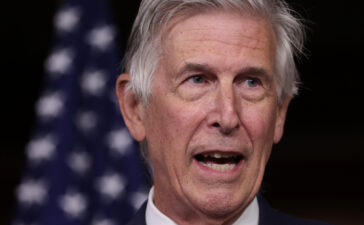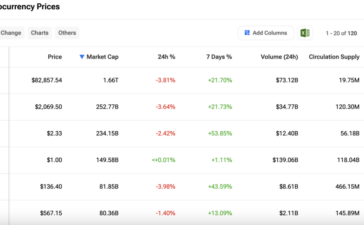Index Fund Corner
Sponsored
| Scheme Name | 1-Year Return | Invest Now | Fund Category | Expense Ratio |
|---|---|---|---|---|
| Axis Nifty 50 Index Fund | +32.80% | Invest Now | Equity: Large Cap | 0.12% |
| Axis Nifty 100 Index Fund | +38.59% | Invest Now | Equity: Large Cap | 0.21% |
| Axis Nifty Next 50 Index Fund | +71.83% | Invest Now | Equity: Large Cap | 0.25% |
| Axis Nifty 500 Index Fund | — | Invest Now | Equity: Flexi Cap | 0.10% |
| Axis Nifty Midcap 50 Index Fund | +46.03% | Invest Now | Equity: Mid Cap | 0.28% |
Experts suggest that investors should determine their allocation based on risk appetite and financial goals.
How much should investors allocate?
Nikhil Rungta, Co-CIO Equity at LIC Mutual Fund Asset Management Limited, explains that the ideal allocation varies by investor profile.
“Conservative investors with a low-risk appetite may allocate 60%-70% of their portfolio to multi-asset funds for stability and diversification. Moderate investors can consider 40%-50% as a core holding, while aggressive investors may allocate 15%-25%, using it mainly for downside protection,” he says.
ALSO READ | How to choose the right index fund for your investment portfolio
Since these funds spread investments across multiple asset classes, they simplify portfolio management.
Investors who prefer a balanced approach without actively managing allocations may find them particularly useful.
Who should invest in multi-asset funds?
These funds cater to a broad spectrum of investors.
“For conservative investors, multi-asset funds offer diversification that reduces risks compared to pure equity investments. Aggressive investors can use them as a cushion against market volatility while maintaining exposure to equities and other asset classes,” Rungta adds.
While aggressive investors may prefer direct equity exposure, multi-asset funds suit anyone seeking a smoother investment journey with reduced fluctuations.
How market conditions influence allocation
With inflation and interest rate uncertainties, asset allocation within these funds is likely to shift.
“If interest rates remain high, we may see increased debt exposure to capture better yields. Equity investments could focus on sectors resilient to inflation, while allocations to gold and silver might rise as a hedge against inflation and global volatility,” Rungta notes.
The flexibility of multi-asset funds allows them to adapt to changing economic conditions, balancing risk and growth effectively.
ALSO READ | How diversification manages investment risk
First Published: Mar 5, 2025 4:52 PM IST
















